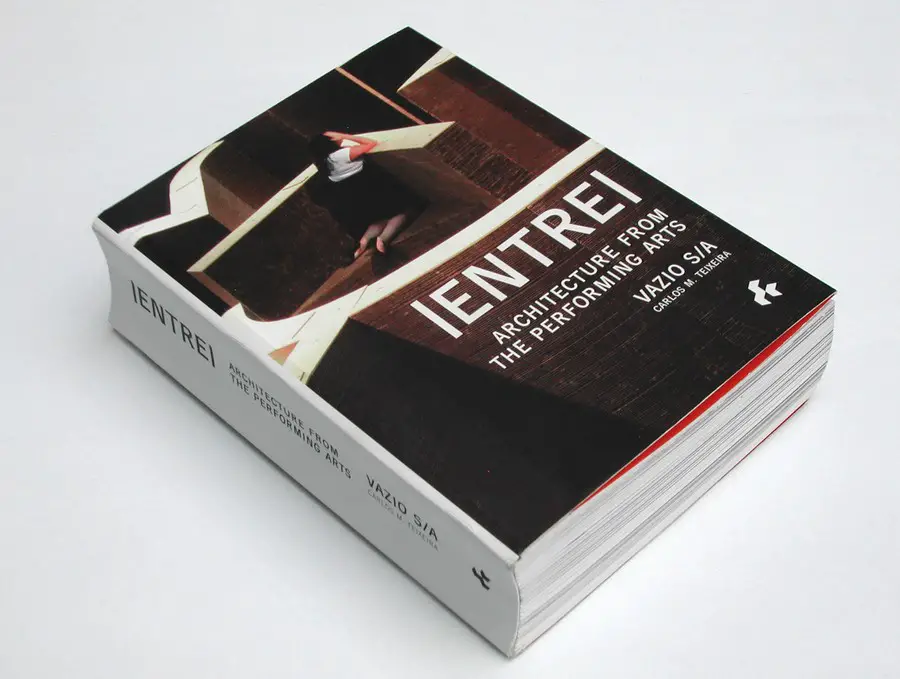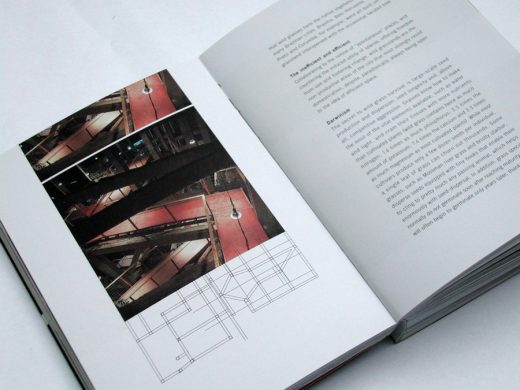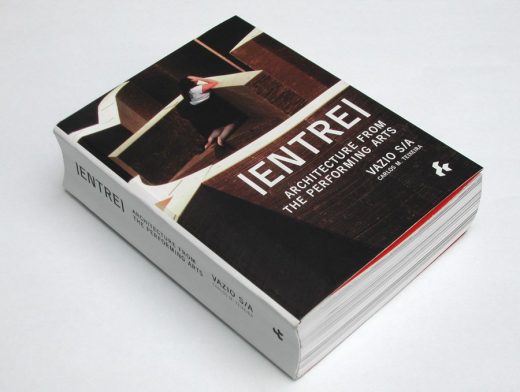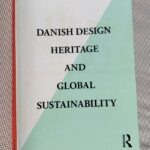Entre Book, Carlos Teixeira, Architect, Brazilian Architecture
Entre: Architecture from the Performing Arts
Architectural Publication by Carlos Teixeira, architect, Brasil
4 Jan 2013
Entre: Architecture from the Performing Arts by Carlos Teixeira
Carlos Teixeira
Book review written by critic Paulo Miyada
In 1965, in a short essay entitled “The Creative Act”, Marcel Duchamp discussed the inescapable distance that separates the artist’s intention from its realization as a work. However hard the artist struggles to reach his goal—and necessarily so—he will never fully realize his intention. In the sum of the decisions the artist must make en route to the finished work, something intended will always be lost and something unintended gained, a gap which Duchamp calls the “artistic coefficient”.
This perception of the limits of the artistic project corresponds to a defense of the role of the spectator in bringing the work to completion and, therefore, of the importance of its existence beyond the strict control of the artist. Duchamp was writing in the 1960s, and his essay was an attempt to clarify the founding principles of his art, starting from the provocative readymades presented decades earlier.
Duchamp was also writing for a post-war art world, a context in which critics and artists were rediscovering the readymades and had embraced them as the template for what they were doing at the time, the germ of what we now call contemporary art. Recalling this moment, Ed Ruscha said: “If [Duchamp] had not appeared, we would have had to invent him”, as the artistic valorization of the gap between the intended work and the produced work had already become the keystone of a new understanding of art.
In the field of architecture, however, awareness of this distance did not incite such probing investigation and the historically-constructed notion of the project as the founding field of action in architectonic practice remained unchallenged. Over the last fifty years this paradigm has suffered the odd scratch: the theoretical discussion raised by Bernard Tschumi, who speaks of the potential and limitations of the ever-present disjuncture between the intentions of architectural design and the uses to which constructed spaces are actually put; the creative process of Lina Bo Bardi, who, refusing to declare the projectual work complete as construction got underway, would set up a studio at the site so she could oversee the work of the contractors and accompany her project’s unfolding into actual space; or, to stick with Brazilian cases, the critical and experimental work of Sérgio Ferro, who renounced the authorial and alienating character of construction based on the sovereignty and autonomy of the architectonic plan.
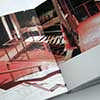
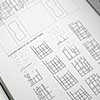
photographs from the publisher
The examples could go on and on, and some would be more obscure or left-field than those given above, all of whom are recognized to a greater or lesser degree in mainstream architecture. The point is, belief in the self-sufficiency of architectural design and an emphasis on the genius of the architect, capable of predetermining uses and pre-empting procedures and variables in the constructive process, still prevail in the way schools of architecture teach project development and even the theory and history of contemporary architecture.
Of course, it is in no-one’s interest to scrap this model out of hand, as this would mean discarding an entire legacy of architecture as a profession in the modern world; however, what does come across as pathological today is this voluntary blindness to everything that exists on the fringe of, or in opposition to, projectual predetermination, which makes approximating architectonic practice to the ever-changing dynamics of contemporary cities such an arid, idealistic task and widens the gulf between the agenda of the architects and the modes of artistic endeavor that could potentially offer fruitful alternatives to the blinkered projectual methodology of our schools.
In this context, Carlos Teixeira’s Between [Entre] surges as a clearing in the architectonic thought of our day and opens space for new lines of questioning formulated within an architecture that is committed to both the effective construction of buildings and the development of models and prototypes that stress-test its methodology and creative process.
Review of ‘Entre: Architecture from the Performing Arts’ publication, by Carlos Teixeira, written by critic Paulo Miyada
Architect Carlos Teixeira works for Vazio Arquitetura in Brasil
Architectural Design
European Architecture Walking Tours : city walks by e-architect
Architecture Design Books – chronological list of publications
Contemporary Architecture Books
Bi-City Biennale of Urbanism\Architecture 2017-2018
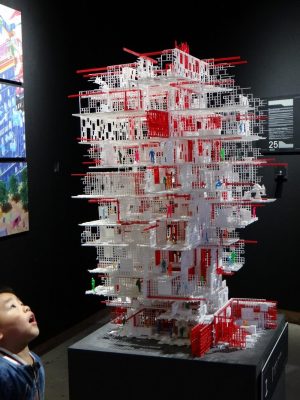
photo courtesy of Carlos M Teixeira
Comments / photos for the Entre Book – Carlos Teixeira Publication page welcome

